Momentum Range Analysis
In this lesson of chapter 10, we will discuss the concept of Momentum and Momentum Range Analysis. Momentum refers to the rate of change in a security’s price.
We use momentum to analyze the strength and weakness of the “Trend” pattern.
Therefore, in sideways patterns, momentum analysis is not applicable and is only used when the dynamic channel shows trending patterns.
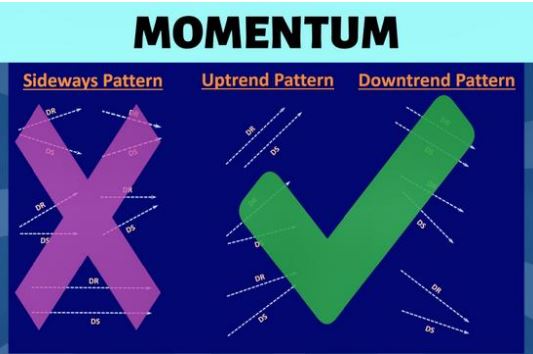
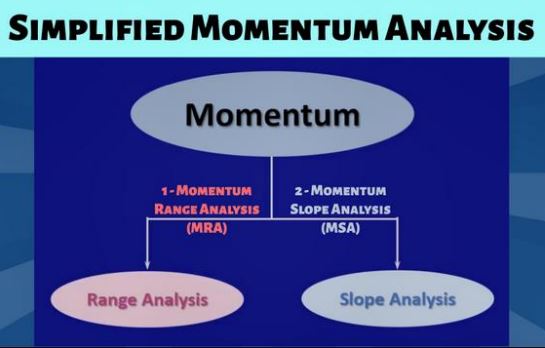
We have simplified our dynamic price action momentum analysis by utilizing two
complementary methods to effectively analyze price momentum:
(1) Momentum Range Analysis (MRA)
(2) Momentum Slope Analysis (MSA)
In this lesson, we will discuss the concept of Momentum Range Analysis (MRA) to identify the strength and weakness of any trend patterns. The concept of MRA, as its name suggests, utilizes the ranges of price swings to gauge momentum.
The process to conduct the MRA can be summarized in these three simple steps:
1. Ensure that the dynamic channel displays an established uptrend or downtrend
pattern.
2. Compare the last two consecutive Upward Range Lines (URLs) in an uptrend or Downward Range Lines (DRLs) in the downtrend pattern.
3. Analyze the momentum based on the change in the length of the last two URLs
or DRLs, which can indicate no change, increased, or decreased momentum.
Momentum Range Analysis in Uptrend Let’s consider a price chart displaying a dynamic channel with an established uptrend pattern. In this scenario, we will draw the last two consecutive URLs and compare their heights, as illustrated below:
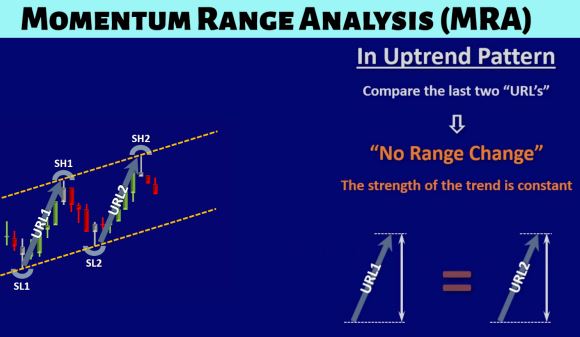
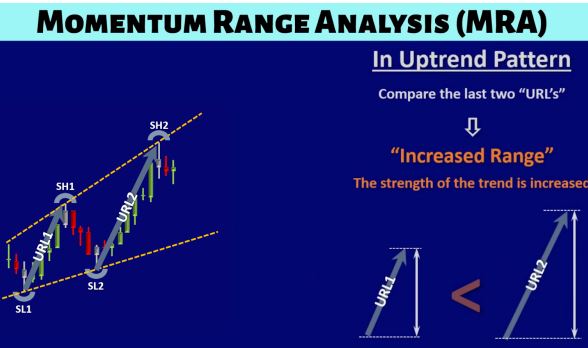
In the above example, we observe that the height of the last Upward Range Line (URL2) has remained the same compared to the previous one (URL1), indicating no change in price momentum.
Let’s consider another example of a price chart displaying a dynamic channel with an established uptrend pattern. In this scenario, we will draw the last two consecutive URLs and compare their heights, as illustrated below:
In the above example, we observe that the height of the last Downward Range Line (DRL2) has remained the same compared to the previous one (DRL1), indicating nochange in price momentum.
Let’s consider another price chart displaying a dynamic channel with an established downtrend pattern. In this scenario, we will draw the last two consecutive DRLs and compare their heights, as illustrated below
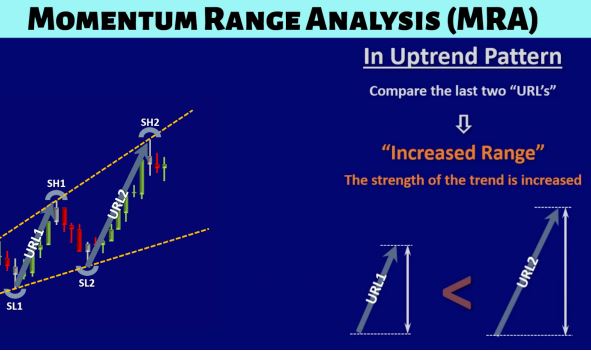

In the above example, we observe that the height of the last Upward Range Line (URL2) has decreased compared to the previous one (URL1), indicating a decrease in price momentum and a weakening of the uptrend.
Momentum Range Analysis in Downtrend
Let’s consider a price chart displaying a dynamic channel with an established downtrend pattern. In this scenario, we will draw the last two consecutive DRLs and compare their heights, as illustrated below:
In the above example, we observe that the height of the last Downward Range Line (DRL2) has increased compared to the previous one (DRL1), indicating an increase in price momentum and strengthening of the downtrend.
Let’s consider another price chart displaying a dynamic channel with an established downtrend pattern. In this scenario, we will draw the last two consecutive DRLs and compare their heights, as illustrated below:


In the above example, we observe that the height of the last Downward Range Line (DRL2) has decreased compared to the previous one (DRL1), indicating a decrease in price momentum and a weakening of the downtrend.
You have become familiar with the concept of momentum and the process to quickly utilize MRA to analyze the momentum of any price chart in an established uptrend or downtrend.
Please allocate dedicated time to practice this concept and process by utilizing forwardtesting, market replay, and live demos to acquire these essential PAAT skills necessary for your success in trading.
Also, you can use practice drills offered in the PAAT-Trial course free of charge to develop the essential skills discussed in this chapter.
